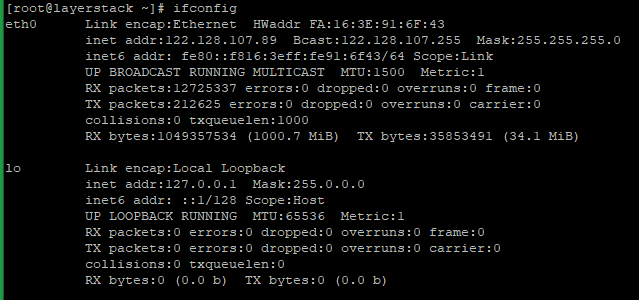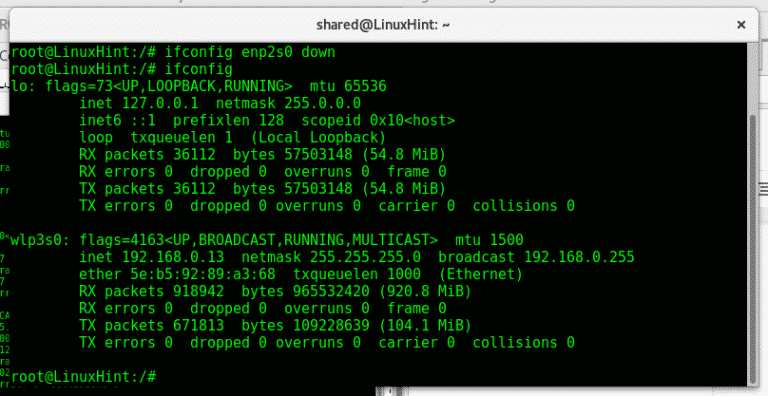
This is the most basic and overused form of the ifconfig command. Let's take a look at how to use ifconfig to accomplish some more common tasks you may find yourself working on completing. Whether its displaying network settings, configuring an IP address or netmask, creating aliases for interfaces, or setting MAC address, ifconfig can handle it.

The ifconfig command still has a lot to offer its users. It's safe, it's familiar, and you feel comfortable using it. You know your favorite ball cap? The one that has the sweat stains inside the headliner, but throwing it on just feels right? That's ifconfig. So let's take a look at these two commands to see what is on the ip command suite offers. With added functionality and a steadily growing user base, the ip command is a serious contender for your muscle memory or aliases. This command-line tools package is the new kid on the block, relatively speaking, and has been chosen as the way forward by the bleeding edge of Linux users. On the other hand, we have the ip command suite. It's easy to remember (unless you are coming from a Windows environment), and it displays most, if not all, of the necessary networking information for a huge number of use cases. ifconfig, has to be one of the most used Linux commands of all time, and it's pretty plain to see why.

I would also wager that an overwhelming majority of Linux users first learned to do so via the ifconfig command. What was the first Linux networking command that you learned? If I were a betting man, I would wager that many of you (like myself) learned how to look at your IP address and ethernet configurations.




 0 kommentar(er)
0 kommentar(er)
